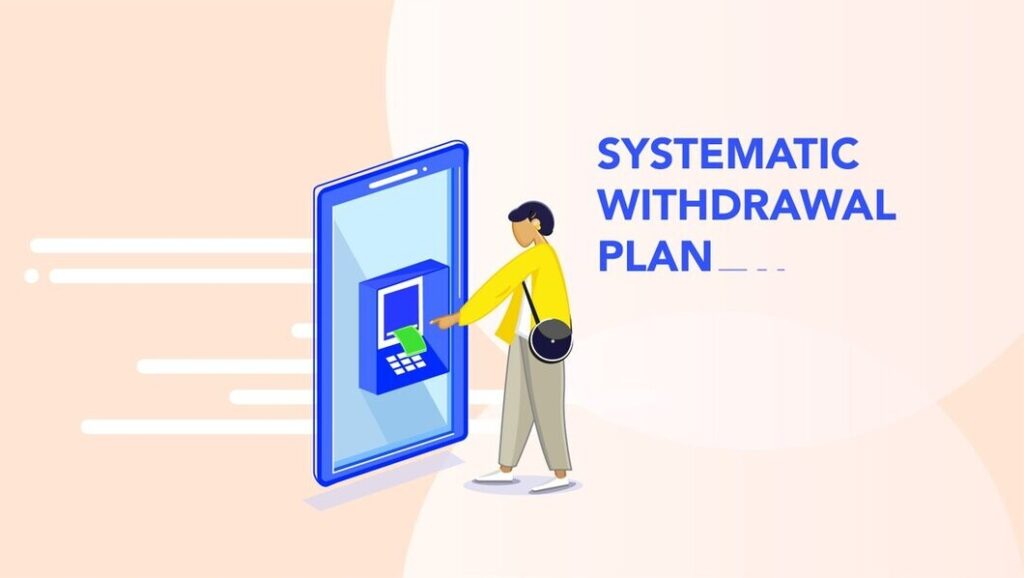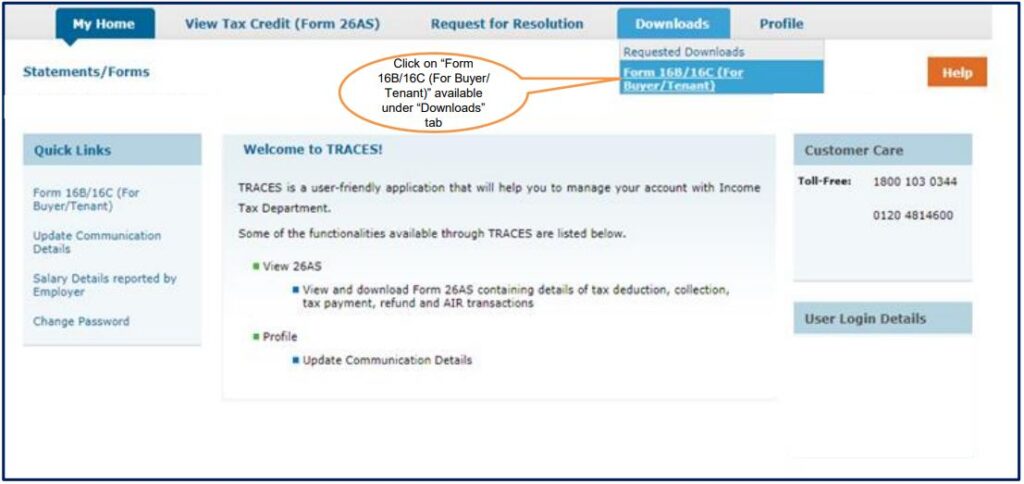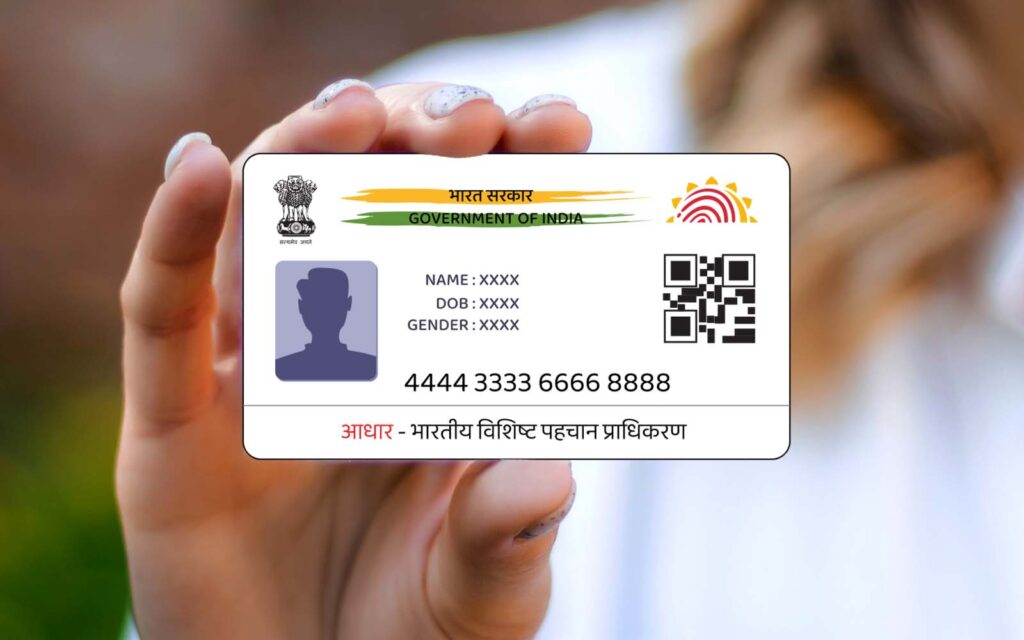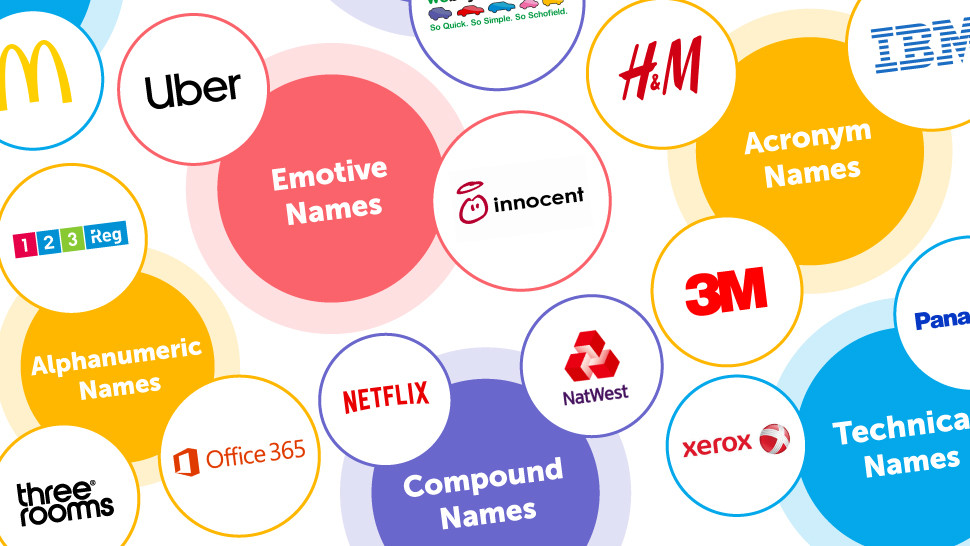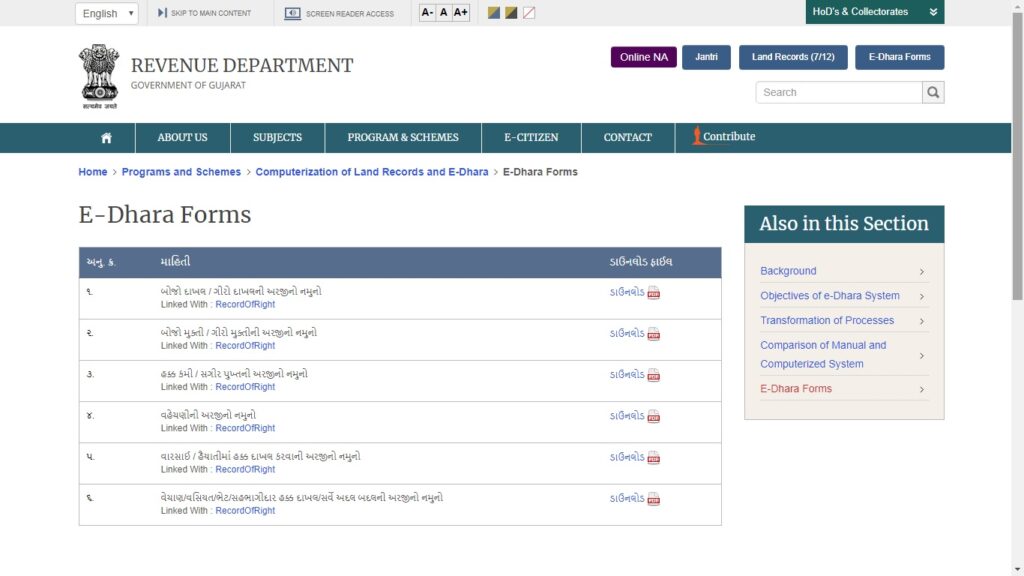Setting up of business in Rajasthan-The land of dreams
In India, youth folk’s entrepreneurship desires seem to be on the upswing. The main factor about this is that there are currently several more technology options throughout the nation and enabling transforming a business is incredibly easy. The main export items made in the region are hand-print fabrics, marble statuettes and enamel products. Jewelry, brass and lacquer products, wool carpets. Printed fabrics and clothing. All of these products are currently being exported, but still have huge export potential in the international market. Choose a Business Structure: Decide on the legal structure of your business, such as a sole proprietorship, partnership, limited liability partnership (LLP), or private limited company. Register Your Business: Register your business with the Registrar of Companies (ROC) or the appropriate authority depending on the business structure. You may also need to register with the Rajasthan Shop and Establishment Act if applicable. Six types of business models Affiliate Marketing: Get a commission every time you promote and sell another company’s products and services online with this passive income idea. Freelance: Use your existing skills, such as advertising, writing, design, or programming, to provide services to other individuals and companies. Coaching and Consulting: Become a coach or consultant and sell your experience, advice and recommendations. Information Products: Packaged experiences in eBooks, worksheets, templates and online courses. Software as a Service: You create software or applications and charge users a subscription fee. E commerce: Use services to build websites and sell objects online. Business in Rajasthan Rajasthan is also renowned for its vibrant colors and traditional dance, passionate melodies, and ostentatious displays of culture and heritage, not just to this region, but rather to globally. As Jaipur famously known as pink city, it possesses all of the above qualities, but it might also provide more. It seems to be the home of centuries of artists and manufacturers for whom the fine craftsmanship and others have created a wide range of items on the global arena. Exports are important in the emergence of globalization since it affects the monetary recovery of any country by providing a stable position in the global market. With several options available, the sector, particularly the Industrial sector, plays a vital role in bringing foreign income into the nation. The region OF Rajasthan already has a lot of possibilities for earning foreign currency by selling its goods. The major benefit is the folk’s calm societal atmosphere and corporate structure, and also adequate roadway and train (metro train and airline) linkages to certain other provinces of the country. Further, strategic area, throughout part to whoever is the administrative headquarters, is a significant component of the town’s economic progress. This area boasts a healthy cow population and therefore a range of mineral wealth that can also be utilized for industrial development. Startup at Rajasthan have a favorable growth. Steps to start a business Step 1: Conduct market research Step 2: Moreover, Write your business idea Step 3: Further, fund your business Step 4: Meanwhile, pick a strategic locus for your business Step 5: Choose a legal structure for your business Step 6: Choose a brand name for your business and Register your business from your brand name Step 7: Moreover, Get your business tax Id and employer identification number. Step 8: Furthermore, apply for license and legal permit of business Step 9: Open a business bank account FAQs What are the benefits of setting up a business in Rajasthan? Ease of Doing Business: Rajasthan has made significant improvements in ease of doing business with streamlined processes and single-window clearances. Government Incentives: Various incentives and subsidies are available under state policies like the Rajasthan Investment Promotion Scheme (RIPS) to encourage investment in the state. Strategic Location: Rajasthan’s proximity to Delhi-NCR and access to major transportation routes provide strategic advantages for businesses. Skilled Workforce: The state has a growing pool of skilled and semi-skilled labor. What are the different types of business structures available in Rajasthan? Sole Proprietorship: A business owned and managed by one person. Partnership: A business owned and managed by two or more individuals with shared profits and liabilities. Limited Liability Partnership (LLP): A partnership with limited liability for the partners, protecting their personal assets. Private Limited Company: A separate legal entity with limited liability for its shareholders. Public Limited Company: A company that can offer shares to the public and is listed on a stock exchange.
Setting up of business in Rajasthan-The land of dreams Read More »

